The National Opera of Ukraine – officially known as the National Academic Opera and Ballet Theatre of Ukraine named after Taras Shevchenko – in capital city Kyiv, has invested in a new Avolites D9 lighting console … replacing the old Diamond 4 that had been in residence since 2002!
Renowned for its elaborate architecture, rich performance history, and important role in Ukrainian culture and arts, the current National Opera building was designed by architect Victor Schröter in Neo-Renaissance style and opened in 1901.
The new D9 console was delivered by Avolites’ Ukrainian distributor – MegaShow – who also supplied the D4 23 years ago.
The new console was purchased with funding from Japan and officially presented to the Opera by the Japanese Ambassador to Ukraine, Masashi Nakagome, in a press briefing that included Ukraine’s acting Minister of Culture and Strategic Communications, Tetiana Berezhna; Chairman of the Supervisory Board of the Charitable Foundation "Big Family", Vira Ulyanchenko, and General & Artistic Director of the National Opera of Ukraine, Petro Chupryna.
The funding was part of the Kusanone program aimed at helping to preserve Ukraine's cultural heritage … of which the National Opera is one of the highest profile elements.
The Opera is operating a full repertoire schedule despite Ukraine being engaged in a brutal war since 2022, and the lighting department are all delighted to welcome the new console.
Approximately 500 show files were created using the old D4 over its installation lifespan, many of which have now been transferred to the D9 over the summer, explained MegaShow’s Oleksandr “Sasha” Mayakushko, who co-ordinated the delivery together with his brother, Sergii.
The Opera’s in house lighting rig comprises 16 moving lights – Robe Tarantulas – and around 400 conventionals, and will rent in specials packages for some productions as required. The purchase of 8 x Robe T1 Profiles has also just been confirmed.
Apart from the outstanding service experienced with the D4 over the years, and that all their lighting designers and operators are familiar with Avolites architecture, the Opera also wanted a console that was powerful, flexible and able to run video seamlessly together with lighting, so the D9 ticked all the boxes.
There are 5 large format projectors in the house and shows will frequently contain a video element utilizing a back projection screen and two or more upstage screens.
The new season will also see an Avolites Q3 video server added to the control setup running Ai software, and all the video and lighting will be integrated via Avolites’ Synergy software. The old ShowSafe backup system is also being replaced with an Avolites Quartz console.
Ihor Samarets, one of the Opera’s lighting designers, is super excited about working with the D9.
When he started at the Opera House in 1986, there had just been another refurbishment that saw the old Soviet-era console replaced with a Tungsram console from the Hungarian manufacturer.
Getting the D4 was another major step forward, as the Tungsgram was also analogue, and at this time all the cueing was manual, and the ‘programming’ was by notebook.
“Once we changed to the Avolites console, computerization completely changed our workflow, and everything became a lot quicker and more efficient,” stated Ihor. It also meant that they could start using moving lights, which was another major step forward.
The schedule is hectic. All shows are produced in house by the Opera and typically 30 shows will play over the course of a season, plus the Opera also does touring work, both domestically and internationally.
The venue resumed working in May 2022, after the Battle of Kyiv, when the enemy were forced to retreat.
The first show to be run on the D9 was the premiere of ballet La Fille mal gardée (The Wayward Daughter), and it was operated by Sasha, an experienced lighting designer who himself is a big advocate for Avolites control.
Needless to say, there are many constraints and enormous challenges during wartime operations that are being dealt with via a combination of lateral thinking and practical application.
Shows must start early so everyone can get home before the curfew kicks in, and they can only sell as many tickets as they can accommodate people in their bomb shelter.
In the event of an air raid, the show is stopped and everyone evacuated to the shelter.
The opera employs around 800 people covering production and administration, with the lighting department currently at 25 full-time.
Like all entertainment spaces in Ukraine, serious staff shortages are an issue right now, particularly on the technical side as many have joined the military and are helping defend the country. For the same reason, there is also a shortage of artists and budgets are super lean, so productions have ramped up their ingenuity to ensure that audiences can still experience great performances. Everyone is working collaboratively to get through this, and the situation has even opened some new opportunities.
The show must go on more than ever during wartime … and the demand for tickets is intense, as entertainment plays a critical role in morale boosting and providing a means of escape during this difficult time.
Photo Credit: Louise Stickland and courtesy MegaShow & The National Opera of Ukraine
More News
Support USITT
For many 501(c)3 nonprofit organizations, USITT included, donations are a lifeline. We are able to continue to expand our online offerings to our Members and to our industry thanks to Membership dollars and the generosity of our donors.

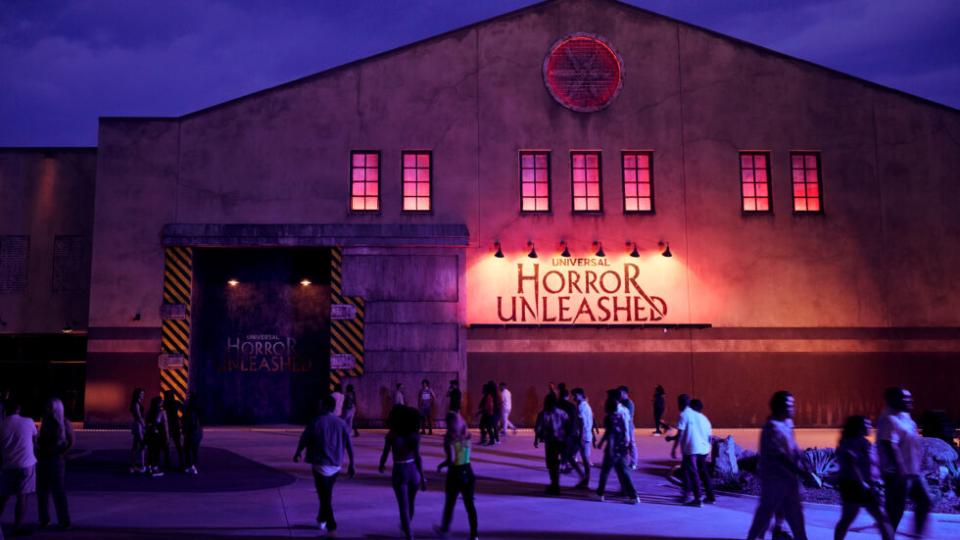
.avif)